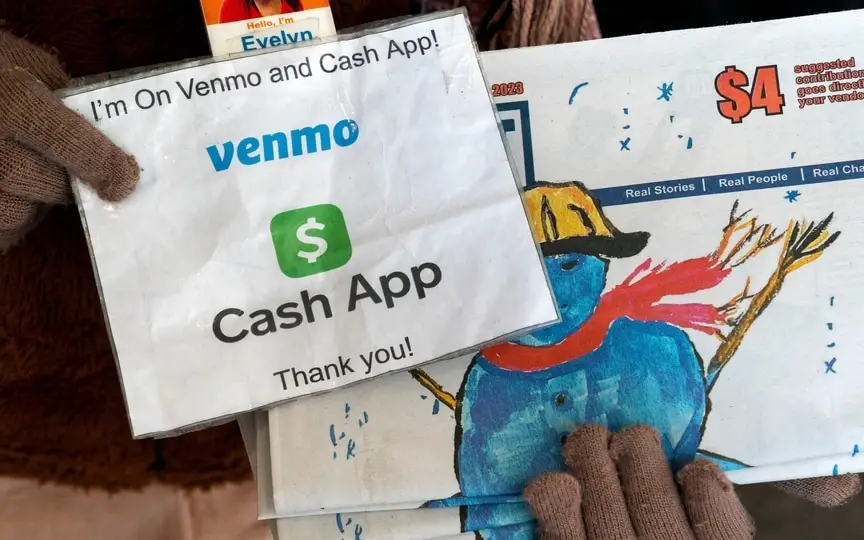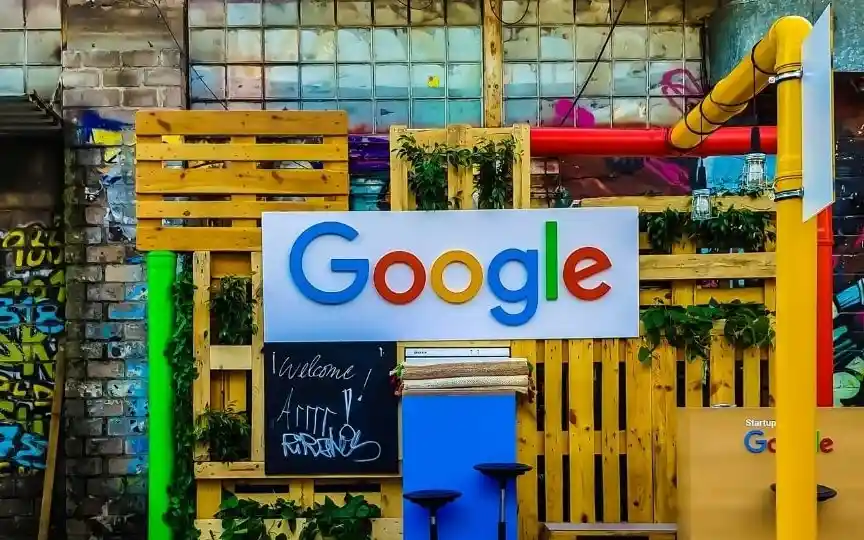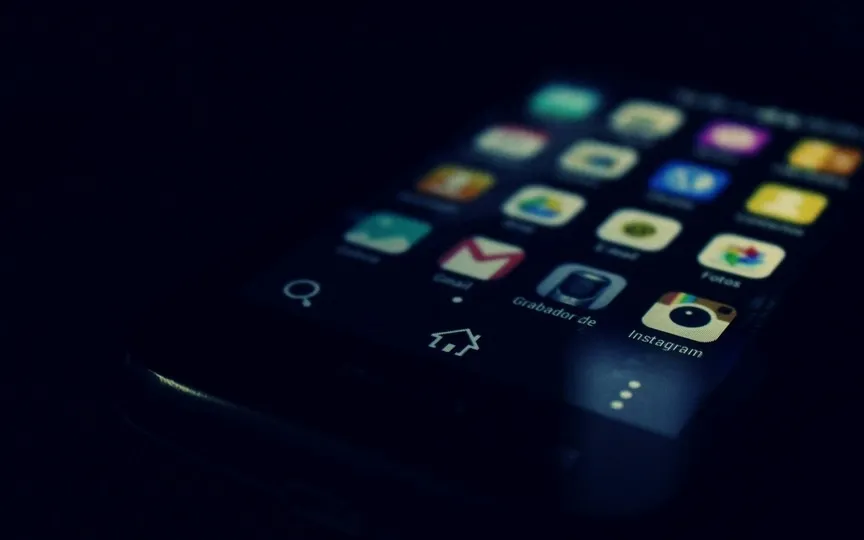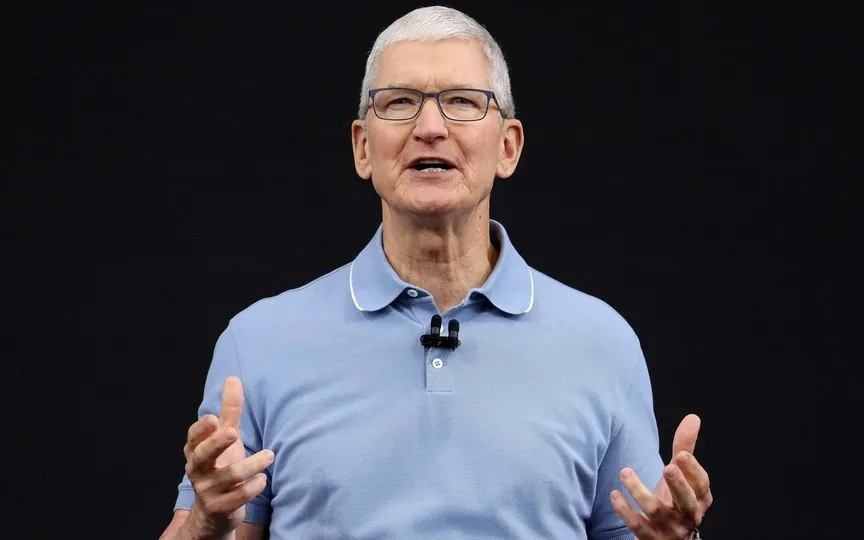Advancements in technology are empowering the homeless to progress in the cashless society
John Littlejohn reminisces about a time when many individuals had a few extra dollars to purchase a copy of Street Sense, a community newspaper that focuses on topics concerning homelessness and provides employment opportunities for those without homes.
Today, he notices that fewer people are walking around with change. Even well-meaning people who want to help are likely to pat their pockets and apologize, he said.
“I’d be here for six or seven hours and I wouldn’t get more than $12 to $15,” said Littlejohn, 62, who had been homeless for 13 years. “People are like, ‘I’m not leaving the house with cash.'”
But just as technological changes helped create the problem, further developments are now helping charities and homeless advocates reach those most at risk of being left behind in a cashless society.
A special Street Sense phone app allows people to buy a copy electronically and the profits go directly to him. Thanks to Social Security and income from Street Sense and other side gigs, Littlejohn now has his own apartment.
One of the biggest changes in Western society over the past two decades has been the decline in cash payments. It started with more and more people using credit cards to pay for things as trivial as a cup of coffee. It accelerated with the development of smartphone technology to the point where cashless payments became the norm for many.
This shift has been felt strongly in street-level charitable giving—from individual donations to panhandlers and street musicians to red Salvation Army donation pots outside grocery stores.
“Everybody just has their cards or their phones now,” said Sylvester Harris, 54, a Washington, D.C. resident walking near Capital One Arena. “You can tell the ones who really want to help you, but they just don’t have the cash left either.”
A cashless world can be especially scary for the homeless. While electronic payment apps like PayPal or Venmo have become popular, many of these options require items that are out of their reach – credit cards, bank accounts, IDs or fixed mailing addresses.
Charities have struggled to adapt. The Salvation Army has created a system where donors can practically tap their phones on a kettle and pay directly.
Michelle Wolfe, director of development for the Salvation Army in Washington, said the new system is in use at only 2 percent of collection pans in the greater Washington area, but it has already increased donations. The minimum non-cash donation is now $5, and donors routinely go as high as $20, Wolfe said.
At Street Sense, similar advancements were necessary to keep up with changing consumer habits. Around 2013, executive director Brian Camore said he started getting “anecdotal reports left and right” from sellers saying people wanted to buy a copy but didn’t have the cash. Each vendor buys copies of Street Sense for 50 cents and sells them for $2.
“We were losing sales and we had to do something about it,” he said. “We realized that times were changing and we had to change with them.”
Eventually, he heard about a subsidiary paper in Vancouver that had developed a cashless app and licensed the technology. Sellers can now claim their winnings at Street Sense offices.
Thomas Ratliff, Street Sense’s director of vendor employment, deals directly with the magazine’s approximately 100 vendors. He cited the COVID-19 pandemic as an additional factor that made life difficult for his team.
First, it scared people away from using cash, fearing that exchanging paper money would spread infection. But the most damaging part was the permanent decline in the number of people working in downtown offices, cutting off Street Sense’s core customer base.
“Business travelers have always been the best customers compared to tourists,” he said.
But without that steady stream of familiar commuters, Ratliff said his vendors have had to expand their territory. Instead of focusing on the downtown business district, Street Sense salespeople today often travel by metro to places like Silver Spring, Maryland, to find business districts with steady traffic.
Ratliff now finds himself providing technical support to his sellers, helping them navigate the complex landscape of modern online presence. One of the most common problems: “Changing e-mails, lost or forgotten passwords, lost documents.”
Certain payment platforms like Venmo and Cash App are more home-like because they don’t require a bank account, just a phone number and email address. But even that can be scary. Ratliff said many of his sellers frequently change cell phone numbers, and having a stable phone number can be key to verifying your identity on these apps.
Others have taken the technology a step further by developing apps that aim not only to enable cashless donations to the homeless, but also to direct them to support systems that can help them get off the streets. The Samaritan app takes a deeply personal approach by allowing donors to help sponsor a homeless person without cash.
Currently operating in seven cities, including Los Angeles and Baltimore, the program distributes special cards to people outside their homes that contain a QR code that allows people to donate directly to someone’s account. The app itself contains dozens of mini-profiles of local homeless individuals describing their situation and immediate needs. Donors can give money to finance certain needs, from groceries or a mortgage on an apartment to clothes suitable for a job interview.
“It’s much harder to walk past someone when you know even 1% of their story,” said Jon Kumar, founder of the Samaritan app. “It personifies the person in need – his personality and the concrete specificity of his needs and goals.”
Kumar licenses his app technology to charities, and recipients can redeem their donations by meeting with a case manager, who acts as a route to provide other services, such as counseling or drug rehab. In addition to direct donations, recipients can also receive $10 or $20 bonuses for meeting certain benchmarks, such as meeting with a case manager, submitting a job application, or even reaching out to an estranged family member.
“No one is going to pay their rent with street donations. But if our platform helps a person find housing, find a job, or get into recovery, those kinds of things make a much bigger difference,” Kumar said.
These efforts to bridge the cashless technology divide have had their share of trial and error over the years. Wolfe said the Salvation Army initially tried a system using a QR code, which turned out to be “too clunky and took too long.”
Kumar’s early efforts included experimenting with giving people outside their homes Bluetooth beacon devices that allowed app users to see which beacon holders were in their area and donate to them. But the beacons required frequent battery replacements, and the design was eventually abandoned.
None of these solutions are perfect, and many people still fall behind. Ratliff said many people simply don’t have the temperament or personality for the job.
“You have to have the guts to sell paper and reel in customers,” he said. Others are disabled or frail and “can’t handle the physical stress of selling”.
Samaritan app developer Kumar said many homeless people “are not well-suited to this kind of intervention.”
Some have deeper mental or emotional issues that make the level of structure required by the program impossible to navigate.
“Many of the people we’re trying to serve need more intensive, perhaps permanent, support for their mental health,” he said. “Because of the multi-chronic nature of their challenges, these people are constantly left behind.”




